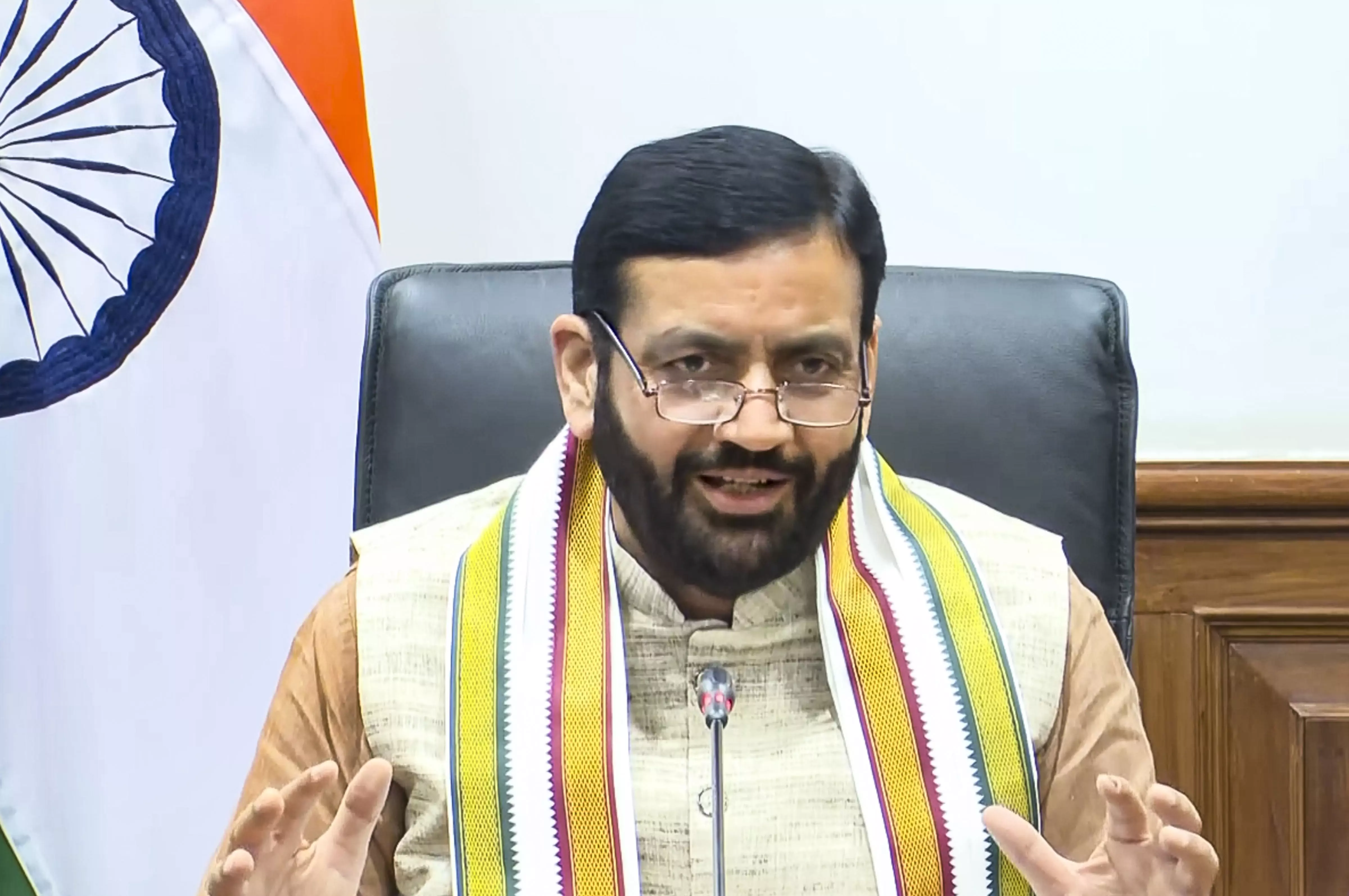DC Edit | J&K, Haryana new govts have their tasks cut out

The installation of popular governments in Jammu and Kashmir and Haryana marked the end of an electoral process that nonetheless holds immense significance for the future politics of the country.
Jammu and Kashmir, a Union territory and an erstwhile state of the Indian Union, got a popular government after six years. The state passed through a metamorphosis during this period, having been bifurcated and lost a division, Ladakh, after being stripped of its statehood. Most importantly, Article 370 of the Constitution, which accorded a special status to it and linked it to the Indian Union, was abrogated. The Constitution mandates that a state have a popular government within six months of the dissolution of its Assembly but Jammu and Kashmir was destined to live under Central rule for a much longer time.
Election to its Assembly, however, was held under the prodding of the Supreme Court which, while upholding the abrogation of Article 370, did direct the Election Commission of India to hold it before September 30 this year. The Election Commission has almost met that deadline. The record turnout at the polling booths can very well be interpreted as the people’s trust in the democratic process and their desire for a government that has their mandate.
Chief minister Omar Abdullah of the Jammu and Kashmir National Conference has sounded very practical when he outlined his vision for the future of the Union territory and his government’s relationship with the Union government. The NC and the INDIA bloc would want Article 370 to be restored but that is not at the top of his agenda — as “expectations of getting it back from people who scrapped Article 370 is foolishness”. He would not mind saying a word or two in praise of Prime Minister Narendra Modi and his leadership and would advocate for strong relations with the Union government. For him, cooperation, and not confrontation, will be the way to go.
The Omar government has a humongous task on its hand, and it would require the good wishes of all stakeholders to accomplish it. He has ensured that the Jammu division is adequately represented in his ministry although the Congress has chosen to stay away “until it gets statehood”. It is for the INDIA coalition to ensure that the promise it has made to the people is kept whether all the partners are part of the government or not.
Now that a popular government is in place, the remaining item on the national agenda with respect to Jammu and Kashmir is indeed the restoration of its statehood. The Supreme Court had directed the Union government to do so “at the earliest” and the Prime Minister has time and again committed to this. There is little reason or logic to delaying it further. Jammu and Kashmir has a past and present which it does not share with many other Indian states. The NDA government’s declared objective behind the abrogation of its special status was to make the state an equal partner like all others. It is time it fulfilled its own part of the bargain.
The formation of the Nayab Singh Saini ministry in Haryana marks the successful culmination of a risky experiment that the BJP has conducted successfully. The tools it used to win the polls in the state will be the model the saffron party could employ in the forthcoming Assembly elections. It has injected a fresh energy into the party’s leadership and cadres that all is not lost in the Hindi heartland. It is now up to the Opposition to watch the events closely and draw their plans.

